In his second part of the ‘Storytelling with Cinematography’ series, DSLRguide‘s Simon Cade focuses on the way that filmmakers can use lighting to tell a story. He takes a deeper look at the different aspects of lighting, and how they affect an audience.
Lighting Setup 1
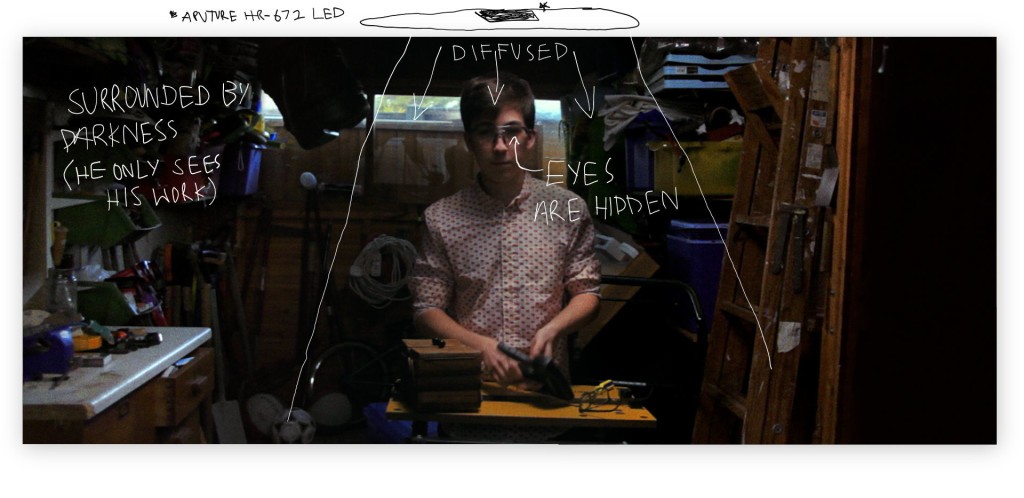
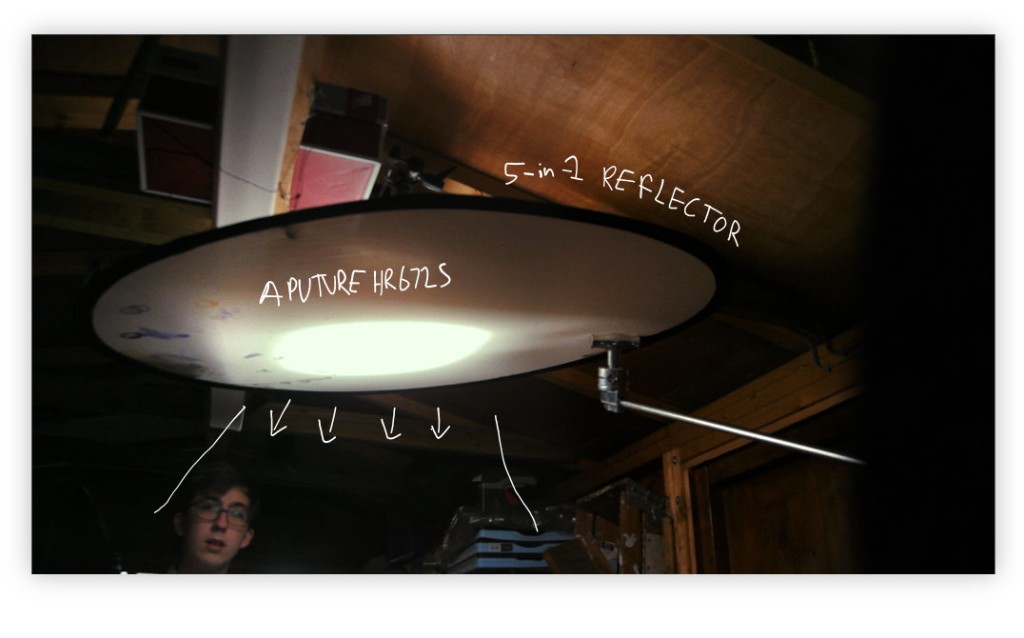
Here I used just one light, an LED, and literally hid it in the cross beams of the roof. I then rigged up the diffusion panel from a 5-in-1 reflector with the help of a C-Stand. The results are a fairly soft light that also has a lot of direction, meaning that the background stays nice and dark.
Lighting Setup 2
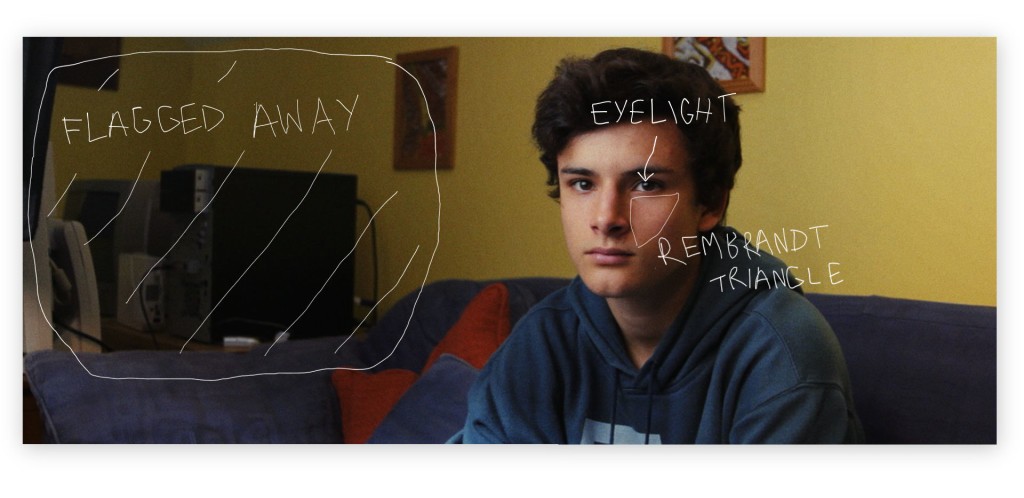
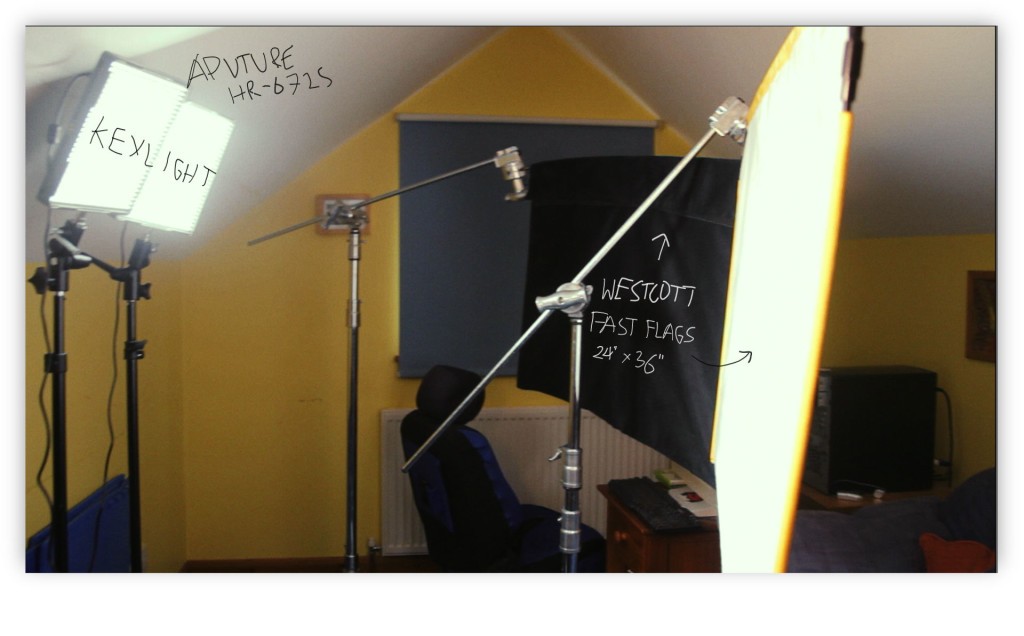
For this setup, I had two LEDs side by side for maximum power, and then a diffusion panel from the Westcott 5-in-1 reflectors a lot, the Fast Flags are so much easier and more precise to position.
Lighting Setup 3
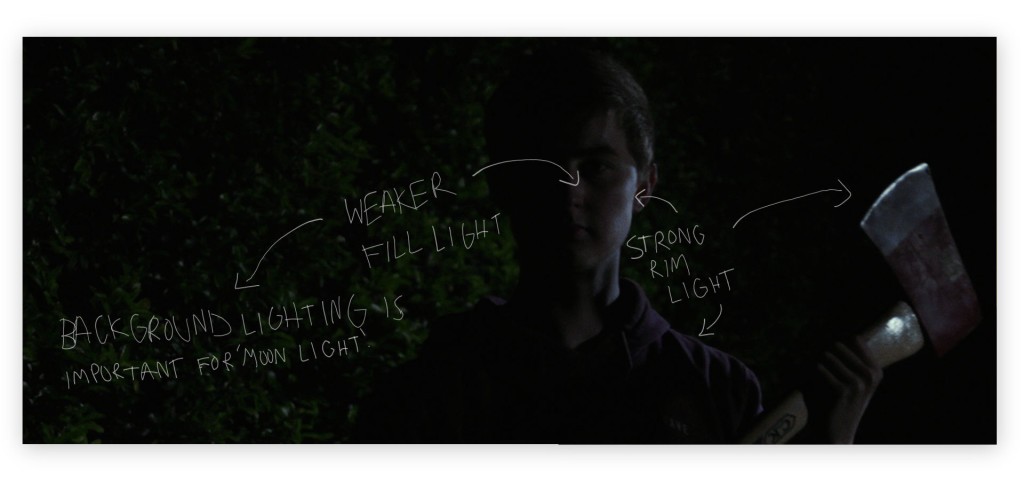
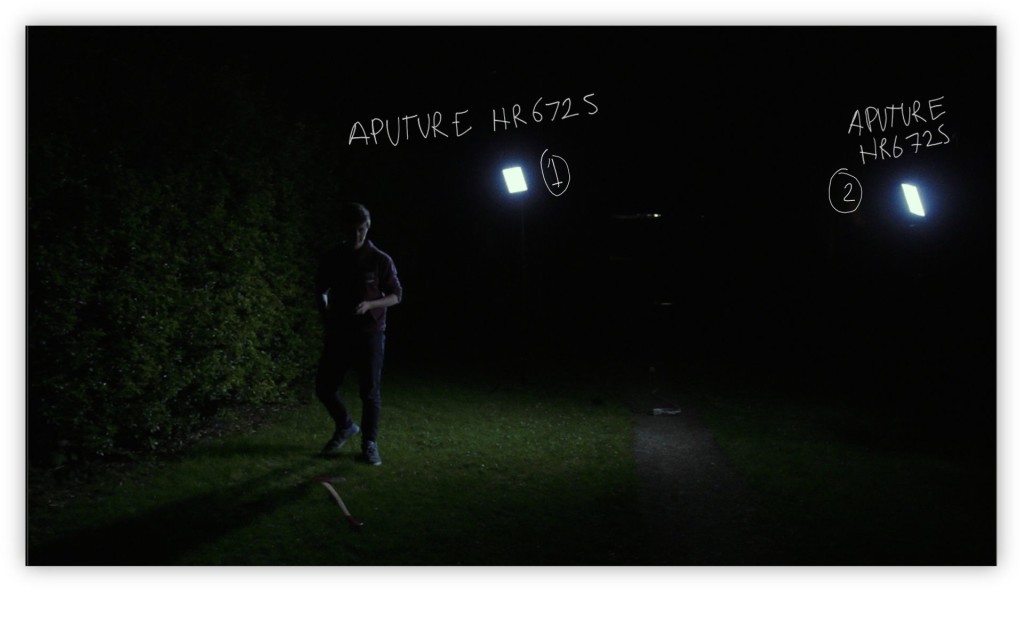
This night scene is based off a relatively strong backlight (labelled ‘1’ on the picture above) which is fairly common as far as light placement for night scenes. Lighting from the front in night scenes generally makes it look quite ‘lit’. Backlighting lets us keep most of the scene in near darkness, and is motivated by the detail in the background (thanks to the light labelled ‘2’). The light on the leaves in the background really helps sell the backlighting, while revealing the full outline of our silhouette. The last thing we want is a solid black background, which tends to make things look as if they’re shot in a photography studio.
This article is courtesy of DSLRguide educator and cinematography expert Simon Cade. Visit the DSLRguide blog to read the full article or visit Simon’s YouTube page for the complete Storytelling with Cinematography video series.
Lighting Gear in Action

Collapsible 5-in-1 Reflector with Sunlight Surface (40")329
Fast Flags Kit (24" x 36")1957
One Response

Collapsible 5-in-1 Reflector with Sunlight Surface (40")329

Fast Flags Kit (24" x 36")1957

Fast Flags Kit (24" x 36")1957

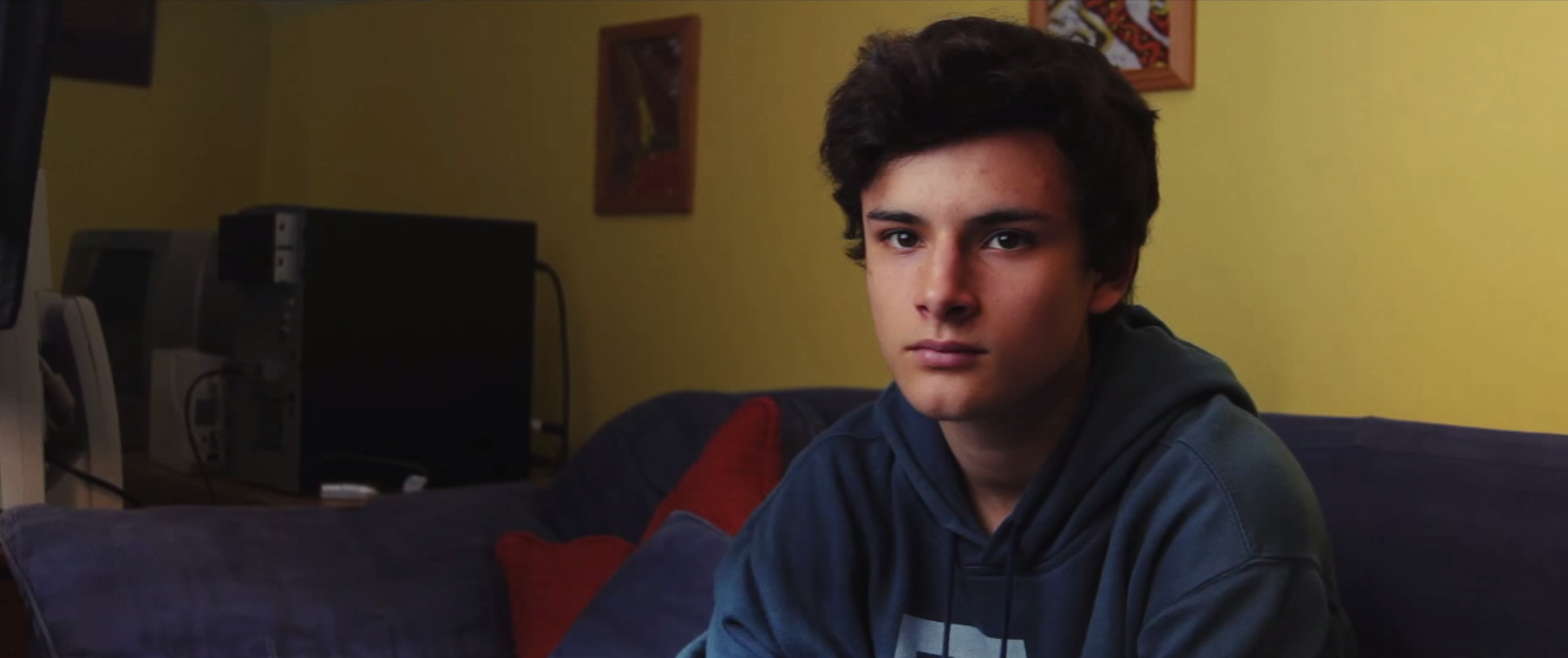
[…] Motivated lighting is used to imitate natural light within a scene. When included correctly, motivated lighting can captivate audience interest and build emotions on the set. Below we answer the question “What is motivated lighting in film & when should it be used?” […]